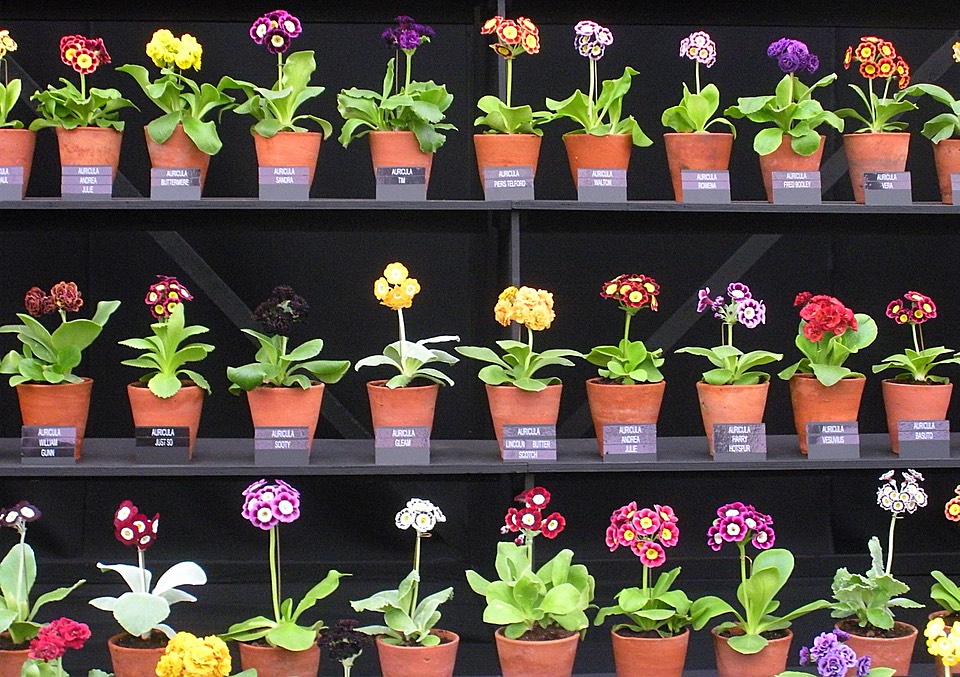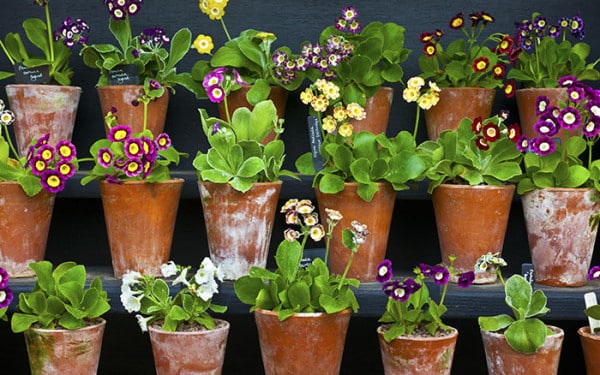
Water really well, allowing it to flow through drainage holes and then leave until compost starts to dry out again, then re- water in the same way.Once seeds start to germinate cover them with a thin layer of vermiculite.Keep in the cold greenhouse or cold frame.Scatter the seed thinly onto moist multi-purpose compost in a seed tray.All offspring will be different to the parents. You can raise auriculas from seed, which can be satisfying and may result in some interesting colours. Every three or so years, lift and use the same technique as described for show auriculas of pulling the rosettes away from the parent and replanting individual plants or clumps. Equal parts loam-based compost, multipurpose compost and grit or perlite mix is perfect for this.īorder auriculas need dividing less often than the show types. You can detach offsets by teasing them away from the parent plant and repotting them individually into small pots that will comfortably contain the roots. The easiest way to increase your stock is to pot up offsets in early summer after flowering (baby plants around the main parent rosette). You may find it useful to browse the website of the National Primula and Auricula Society Use our Find A Plant tool for stockists local to you. If you are looking to start collecting, specialist societies often have plant sales and exchange programmes for members. Specialist growers offer the best ranges of auriculas, but border cultivars may be available from local garden centres in spring when they are flowering. Colours are often more subtle and the edges between the colours less defined.Īll types are available with double flowers.

Border auriculas are perfectly happy growing outside all year, edging a border or in containers. They have no white dusting (farina) on the leaves or flowers, and the centre is one colour (such as yellow).ģ. Alpine auriculas often have less elaborate markings on the flowers than the show types, and are grown in the same way as border auriculas, so will stand up to weather. Their curious colourways and striking appearance can make them tantalising to grow, but they do require some dedication.Ģ. Overwinter them in an unheated greenhouse or cold frame as they cannot tolerate winter wet. The flowers and foliage often have a white eye made of a flour-like ‘farina’, which is washed off by rain unless protected. These are open shelves on which the pots are arranged in rows like audience members. Show auriculas have a long and fascinating history and are traditionally displayed in auricula theatres. Their growing requirements are different.ġ. These three types of auricula - show, alpine and border - are catorgorised by their flower forms. These are hardy in a cold winter throughout the UK - can withstand temperatures down to -15☌ (5☏), but do need shelter from rain and summer sun in an alpine house and are best grown in pots. Border auriculas, however, put up with the worst of winter weather. Malvern Autumn Show - 22–24 September 2023Īuriculas are perennials that include the show and alpine types with their almost artificially perfect flowers.RHS Garden Wisley Flower Show - 5–10 September 2023.RHS Garden Rosemoor Flower Show - 18–20 August 2023.RHS Garden Hyde Hall Flower Show - 2–6 August 2023.RHS Flower Show Tatton Park - 19–23 July 2023.RHS Hampton Court Palace Garden Festival - 4–9 July 2023.The auriculas grace the stage from mid April – May and as of last Friday there are now 120 auriculas in situ. After the auricula show, a collection of Pelargoniums is brought in.

There is a floral display throughout the year, so, depending upon the season of your visit, you will see rows of violas or Polyanthus. But we’re glad they did because now we have a unique historical garden feature to boast about! It’s no surprise that the only survivng auricula theatre is here at Calke: the Harpur Crewe family had a habit of hanging on to things when other great houses had moved on to the next style. The plants need to be kept out of the rain, and watered very carefully and cotton blinds are rolled down to protect them from the intensity of the midday sun. Standing in the north-west corner is the country’s only surviving Auricula Theatre, built in 1830 – pretty impressive hey? The wooden alcove not only gives the plants protection from the elements, but allows a whole collection to be admired en masse and at eye level, where they create maximum impact.

Our Head Gardener, Steve, told us to look out for the new auriculas in the flower garden. After days of heavy rain and strong winds we had forgotten what it’s like to feel the sun shine down and warm you up.īut the sun made a welcome appearance yesterday so a trip to our beautiful gardens was in order.


 0 kommentar(er)
0 kommentar(er)
